Panchakarma treatment - the secret to a healthy life
Ayurveda is the knowledge of how to live a long and healthy life . This knowledge is over 5,500 years old and was originally passed down from Vaidya to Vaidya . A Vaidya is an Ayurvedic doctor, and the word Vaidya is derived from the Sanskrit term "Veda." The Veda is the holy scripture, to which the field of Ayurveda belongs. Incidentally, the word Veda is the origin of our word "knowledge." Our German is an Indo-European language, so many of our words have their origins in Indian. Welcome home!
What does Panchakarma mean?
Panchakarma translates as five actions. Some translations also say five activities. However, it always refers to five different processes by which toxins, harmful substances, and impurities are eliminated from the body. These are:- laxative
- Enemas
- Nasal rinses
- emetic
- bloodletting
Ama – the origin of every disease
Why does anything actually need to be eliminated? A Panchakarma treatment aims solely to eliminate harmful substances, toxins, and metabolic residues, known as Ama, like garbage. But how does all of this get into us? These days, it's practically impossible to avoid absorbing toxins and harmful substances. Not even if you lived year-round on an alpine pasture and followed an Ayurvedic diet. Water, air, and soil have become so enriched with so many harmful substances – we breathe them in, drink them, and absorb them with our food. In addition, Ama also forms in the body when you eat the wrong thing at the wrong time. Your body simply cannot digest a warm main meal of meat or fish in the evening without leaving any residue. Only a body in which everything has been digested without residue is a completely healthy body. But who can claim that? Ayurveda doesn't say, "You are what you eat." No, it says:
You are what you digest!
You can imagine your metabolism like a well-functioning garbage disposal system. Everything that's no longer needed is removed and excreted through the intestines during the next bowel movement. Everything is clean, everything is good. But the metabolic waste that didn't make it into the garbage disposal because it was already closed remains in the body. Ayurveda calls this Ama.
This is how Ama is created
- Eating before the previous meal is digested
- Eating too much
- Snacks
- Eating hard-to-digest foods in the evening
- Animal protein, especially in the evening
- Alcohol, nicotine, drugs
- Fast food and old food
- Ice-cold drinks with food
- Destructive lifestyle
- Irregular lifestyle
- Destructive thoughts (mental ama)
Those who have a lot of ama in their bodies become ill. This is where the origin of every illness lies.
Typical diseases caused by too much Ama
- arteriosclerosis
- Coronary heart disease
- Metabolic disorders
- Rheumatoid arthritis
- Limb or joint pain
- Bloating and bloating after eating
- Tiredness, exhaustion, lack of energy
- Inflammation of joints, skin or organs
- constipation
- Heartburn, acid reflux and many more.
The good news for you: Ama can be eliminated with a Panchakarma treatment . Depending on the amount, it might not be eliminated immediately on the first treatment, but you'll feel better with each repetition. Ayurveda says that if you do three treatments a year, you'll never get sick.
Procedure of a Panchakarma treatment
Initial examination and medical history
The Vaidya, the Ayurvedic doctor, or Ayurvedic therapist, takes their time. An initial consultation usually lasts an hour, something completely unheard of in Western medicine. Pulse diagnosis, tongue diagnosis, and iris diagnosis are important sources of information for determining the relationship between Vata, Pitta, and Kapha. Medical reports and test results, if available, are also considered.
Preparation – the ghee days
Once the diagnosis is made, a treatment plan is drawn up. In most cases, the Ayurvedic treatment begins with the intake of liquid ghee, the Ayurvedic butterfat. The amount increases slightly each day and depends on the ama load and constitution. The ghee already begins to dissolve the toxins, as it penetrates deep into the tissue via the intestines.
The elimination treatments
Once the body and mind are prepared, no additional stress should be imposed during the coming days. These days should be spent in peace and relaxation, with food from Ayurvedic cuisine that is easy to digest. Now you can begin to release and eliminate toxins and blockages.
The five diversion procedures
A Panchakarma treatment is not a wellness treatment, you have to be clear about that. This treatment can be quite strenuous, as the release of metabolic waste, or Ama, as Ayurvedic experts call it, can lead to headaches and fatigue. But that's completely normal and a good sign. Because then you know something is happening!
Description of the five elimination processes
1. Purging (Virechana)
Depending on the Ayurvedic specialist's diagnosis, the herbal blends vary. The goal is to empty the bowels and thereby calm the doshas Vata, Pitta, and Kapha. At the same time, the intensity of the digestive fire Agni is also calmed.
2. Enema (Basti)
Another very effective treatment for cleansing is colon enemas. During a Panchakarma treatment, the enemas consist of warm, medicated sesame oil and/or herbal teas. Since the colon is the seat of Vata, enemas have a very calming effect on Vata. The treatment is performed calmly, with plenty of time and in complete silence. After a longer rest period, you can expel everything in the bathroom.
3. Nasal irrigation (Nasya)
In the word "nasya," we can again see an Indo-European connection to our word "nose"! The nose is the free access to our head, so a nasya treatment directly affects the nasal cavities and the central nervous system. A nasya is a complex treatment that begins with a facial massage and continues with oil enemas into the nose, herbal steam, or herbal smoke.
4. Emetic (Vamana)
Most people find vomiting repugnant or at least very, very unpleasant. Those who don't have a problem with it should discuss it with their Ayurvedic practitioner, because vomiting is considered very healing from an Ayurvedic perspective.
5. Bloodletting (Rakta Mokshan)
These days, at least here in Europe, this is generally avoided. These five actions or activities are the foundation of every Ayurvedic Panchakarma treatment. But the best part is yet to come: the oil massages and stamp massages!
Ayurvedic massage with oil and herbal stamp
A very effective method for removing toxins and metabolic waste from the body is an Ayurvedic oil massage. Traditionally, this massage is performed synchronously by two Ayurvedic therapists, each using exactly the same movements to massage your body and release everything that needs to be released through the skin. The Panchakarma treatment includes various massages, all of which have the same goal: using oil to massage out ama through the skin.
Abhyanga
The entire body is massaged from top to toe with oil, following a specific procedure. The pressure and choice of oil depend on your dosha constitution and symptoms. Abhyanga is generally perceived as very soothing and relaxing.
Udvarthana
A herbal paste made from chickpea flour and individually selected herbs is vigorously rubbed over the skin. This accelerates the elimination of metabolic waste, leaving you with velvety-soft skin.
Shirodhara
The forehead pour with warm herbal oil is the most well-known Ayurvedic treatment. The warm oil is usually poured very slowly over the forehead for 30 minutes. The deep relaxation contributes to your healing on a mental and spiritual level.
Pizhichil
This full-body oil treatment is also known as the royal Ayurvedic treatment. Warm oil flows continuously over your body from a container suspended from the ceiling. It's gently massaged in by two therapists in sync, gradually warming up. Simply royal!
Herbal stamps (Pinda Sveda)
Painful joints and body parts can be specifically treated with these herbal stamps. Specially cooked rice, customized herbal blends, and oils are placed in a linen bag and tightly tied. The painful areas are treated with pressure and circular movements.
Svedana
The Ayurvedic sauna works like a Finnish sauna with heat, but much more gently. The patient lies on a perforated lounger through which warm herbal steam flows. A semicircular hinged lid ensures that the steam envelops the body for as long as possible. However, the head protrudes and is cooled to ensure a pleasant experience.Ayurvedic cuisine – the ideal diet for treatment
One of the main ingredients of Ayurvedic cuisine is love and joy! If you follow an authentic Ayurvedic treatment, the cook will do everything to ensure your meal is a happy experience. During a Panchakarma treatment, this means eating almost fat-free, avoiding bread, and, of course, vegetarian food. A talented Ayurvedic cook can use whatever is currently available to create the most delicious dishes that will delight and cleanse your body. It's a heavenly prospect!
Who is Panchakarma suitable for?
In principle, anyone can undergo a Panchakarma treatment. Ayurveda states that it's perfectly fine up to the age of 80, and even afterward, as long as the person feels strong enough. However, after surgery or severe psychological stress, one should wait three months to stabilize. While an Ayurvedic treatment is very pleasant, especially the massages, detoxifying the metabolic system can be quite strenuous. Panchakarma treatment should also not be undertaken in cases of acute inflammation, as the body is already running at full speed and shouldn't be subjected to additional strain. But Ayurveda can help here too. Any Ayurvedic doctor can recommend restorative, calming, or strengthening herbal preparations for such cases.
Ayurveda is the science of long and healthy living. This knowledge is available to you for your well-being!Author: Christel Scherzer
Date: 1.5.2021
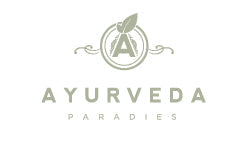



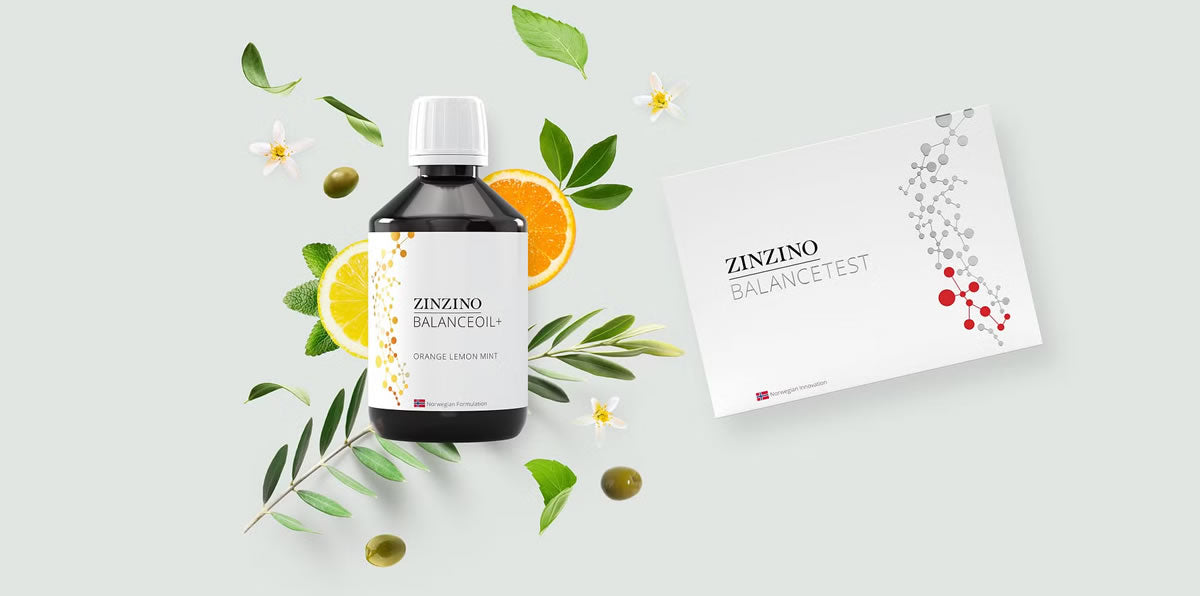
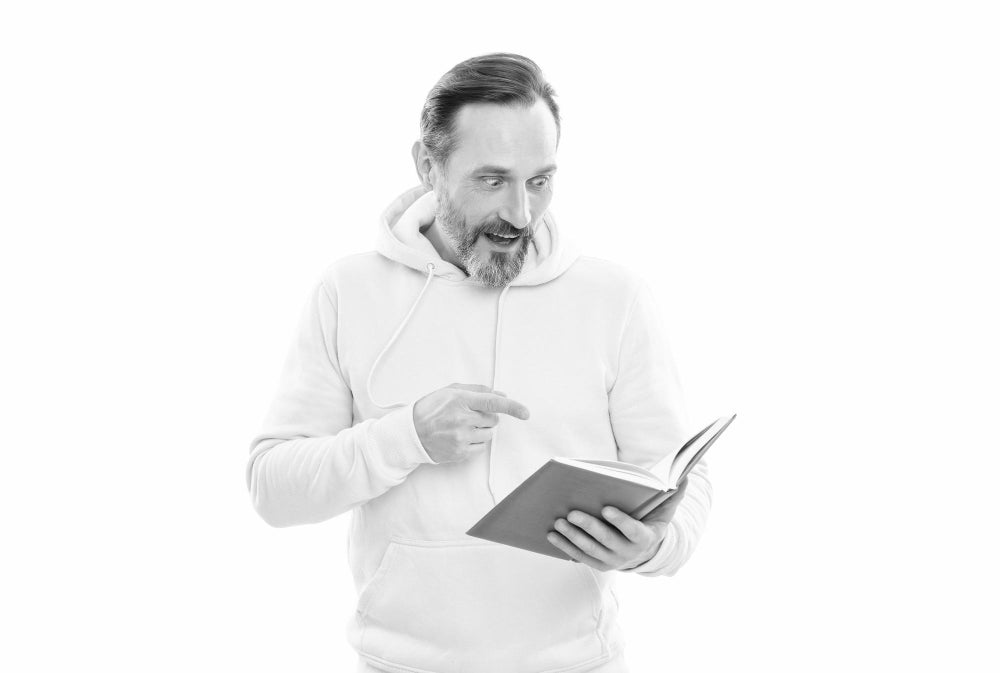
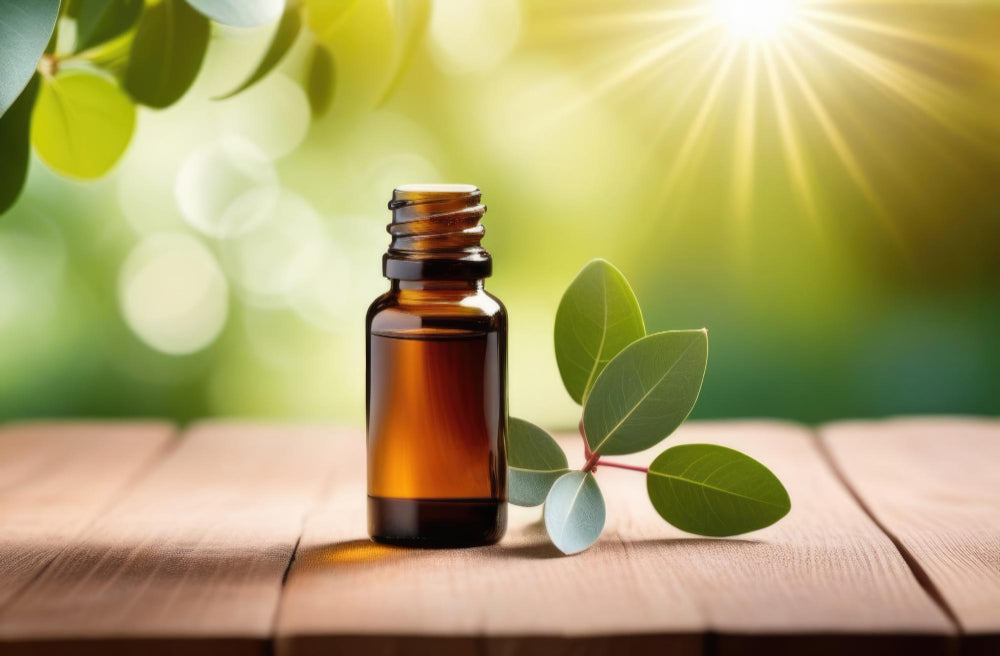
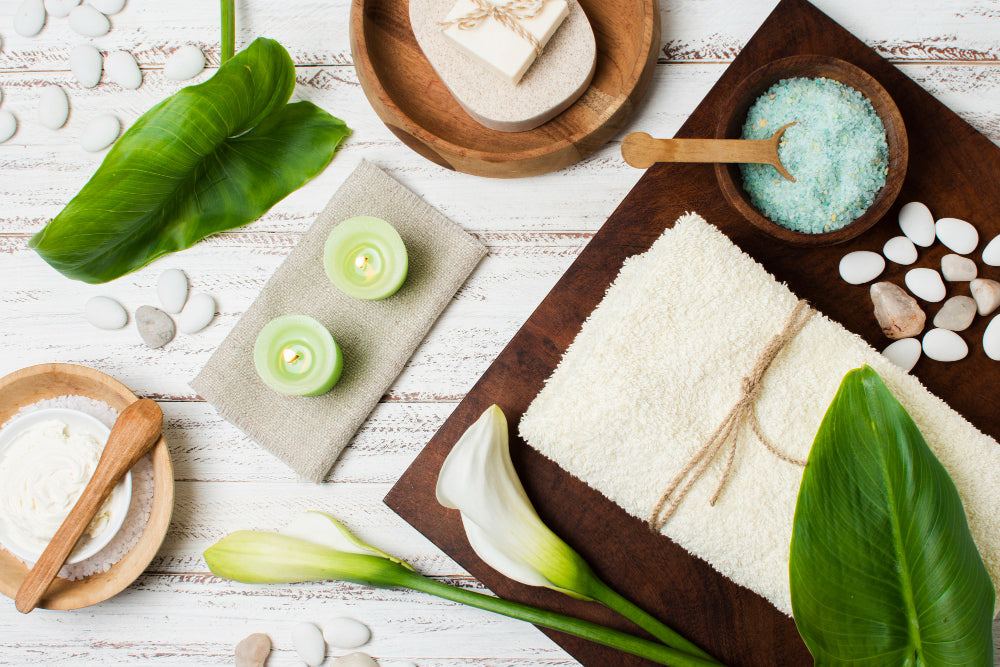
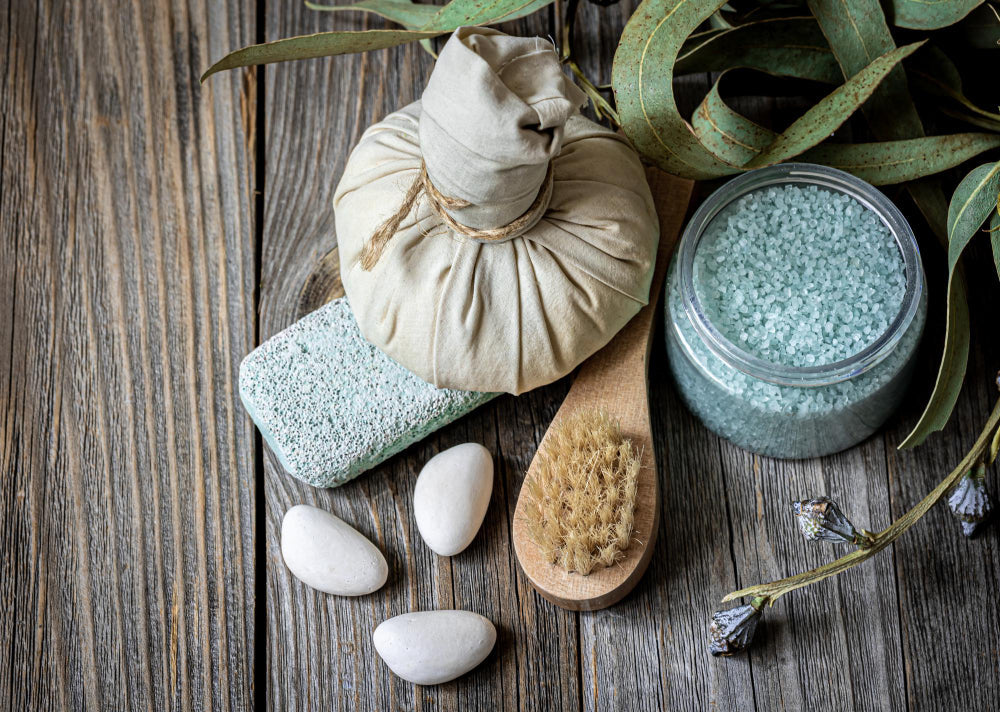
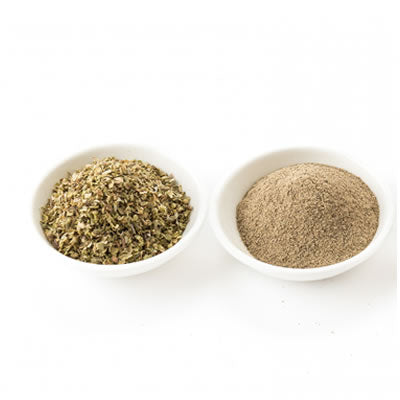
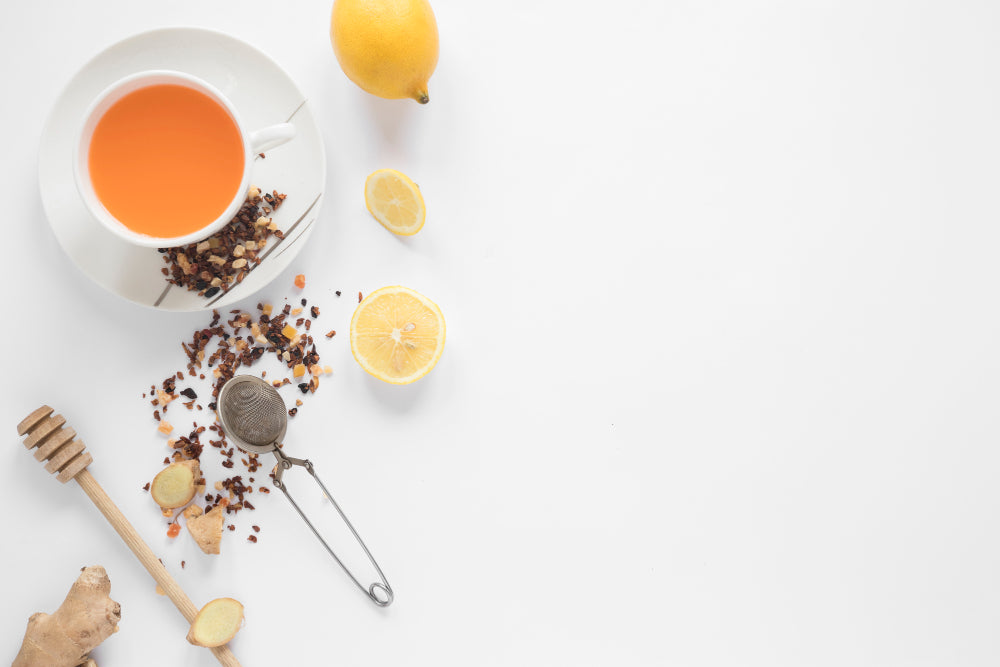
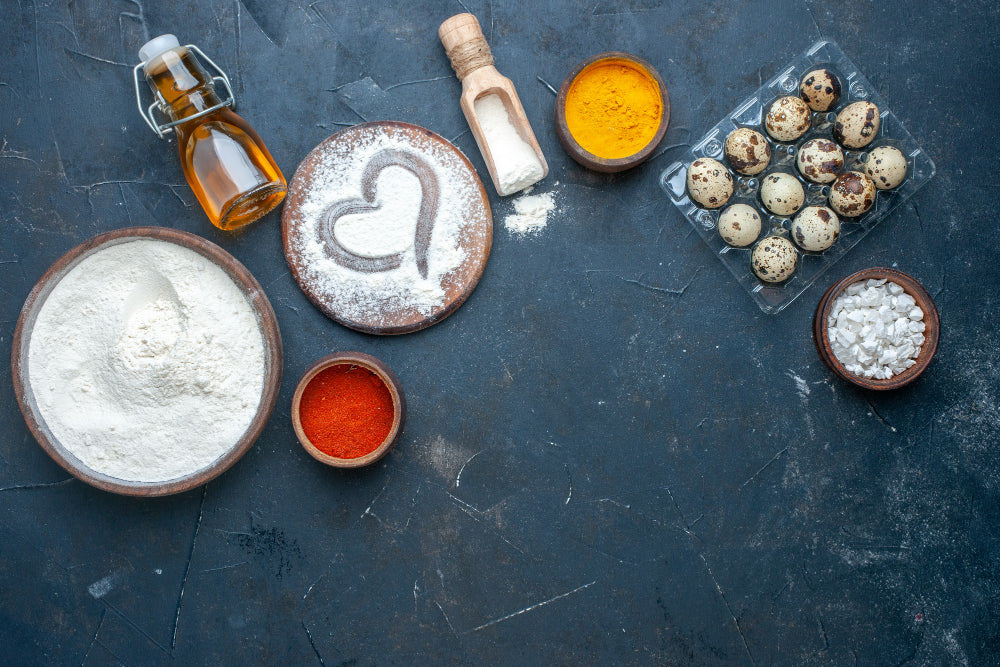
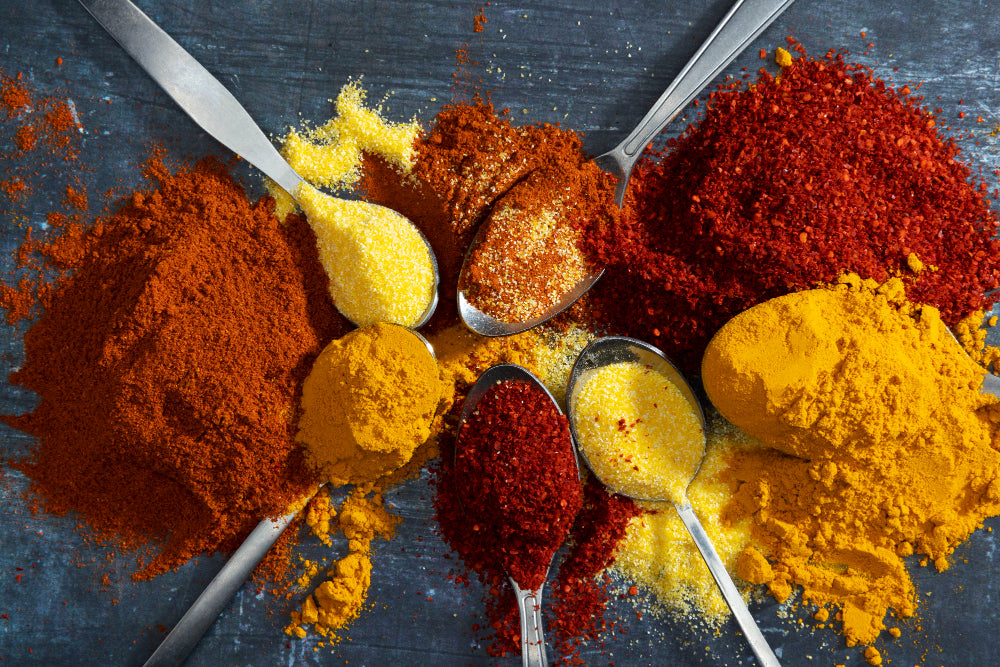
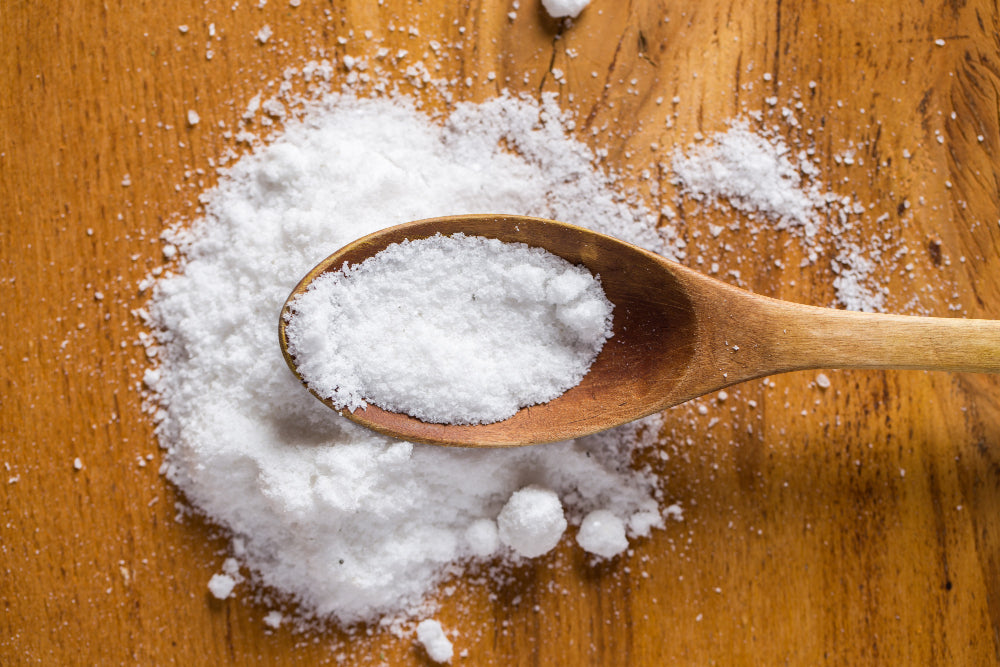
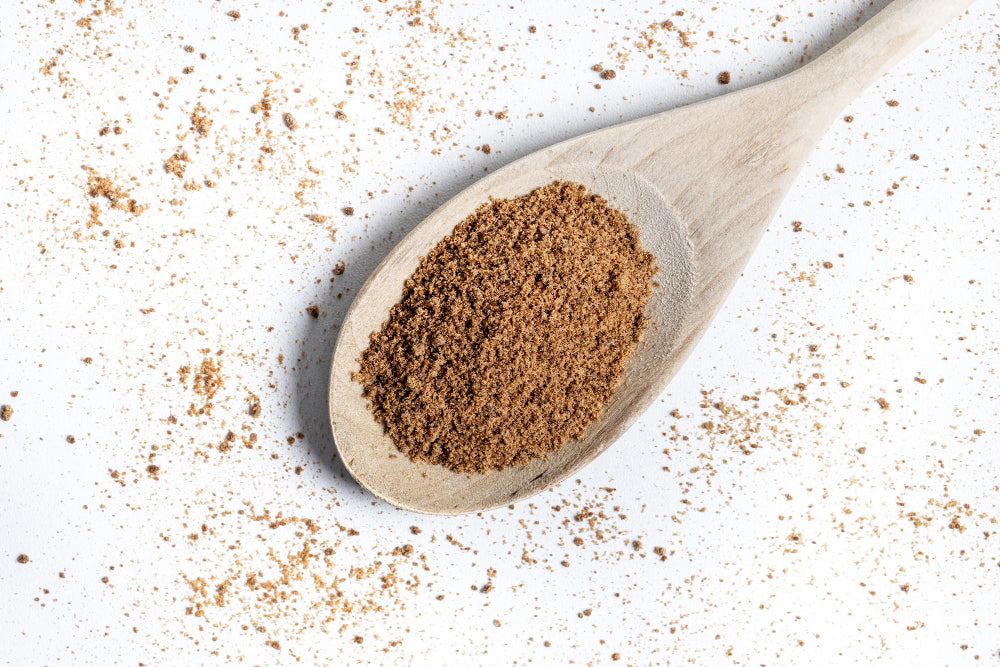
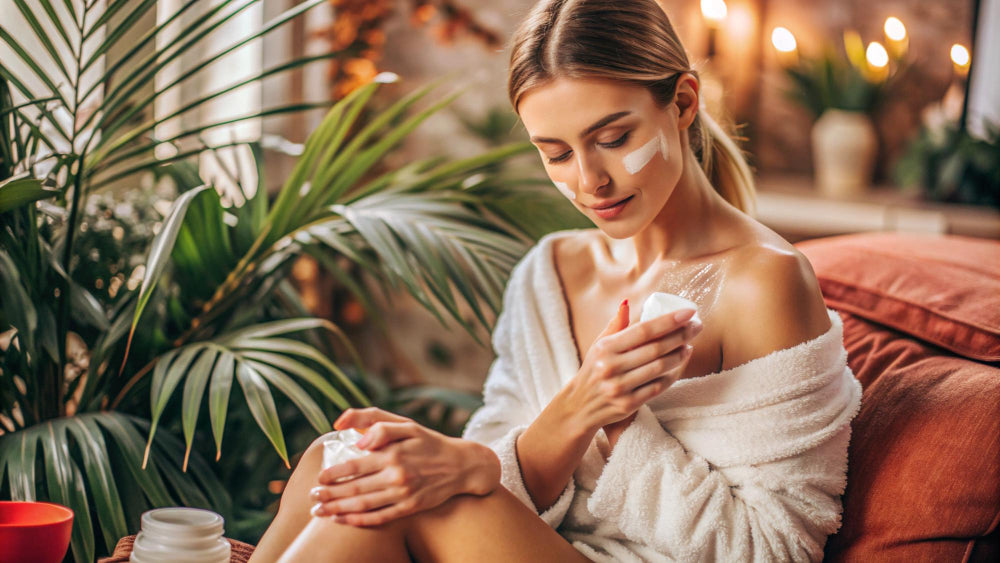
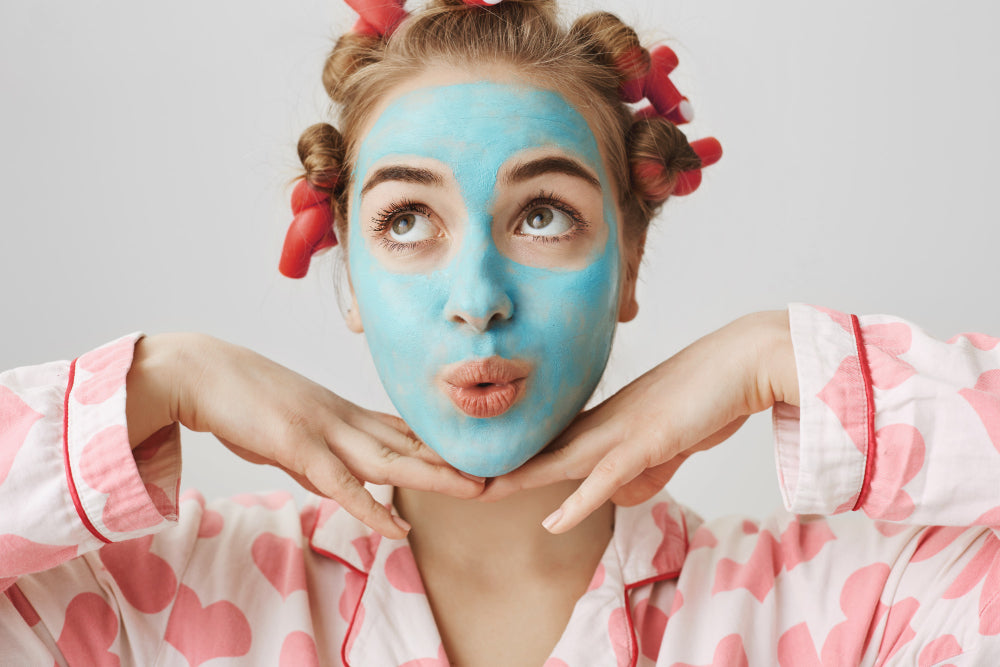
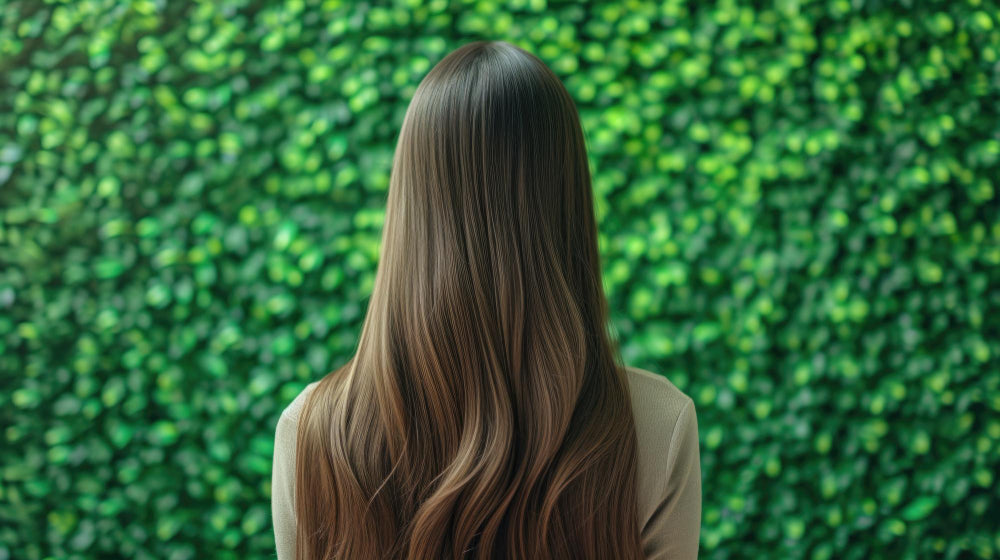
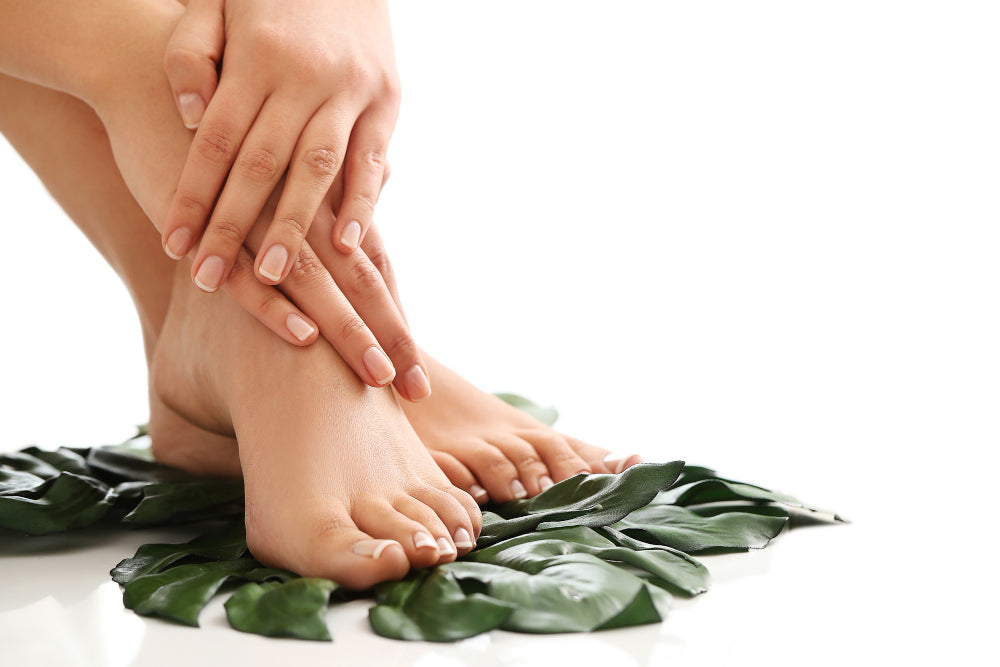

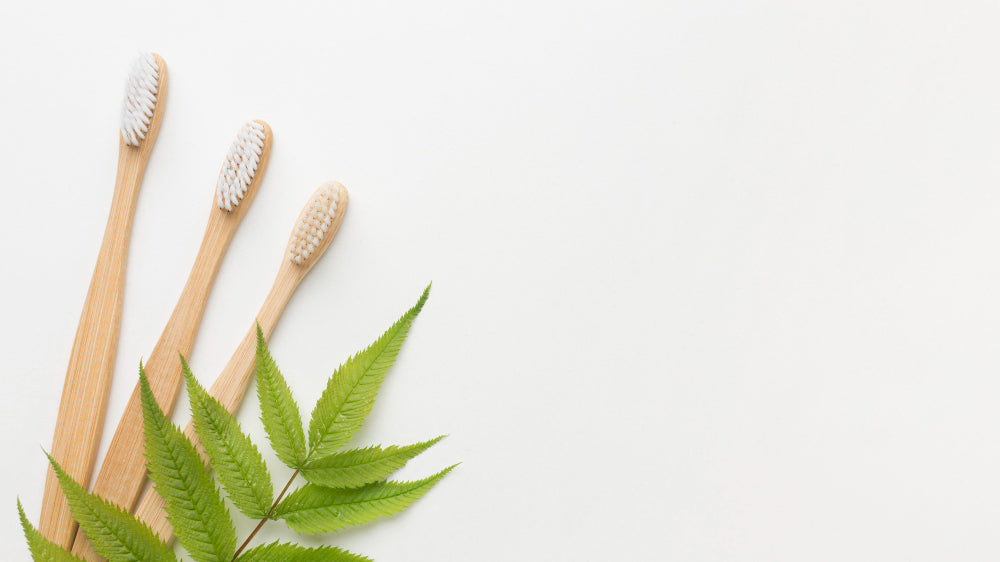
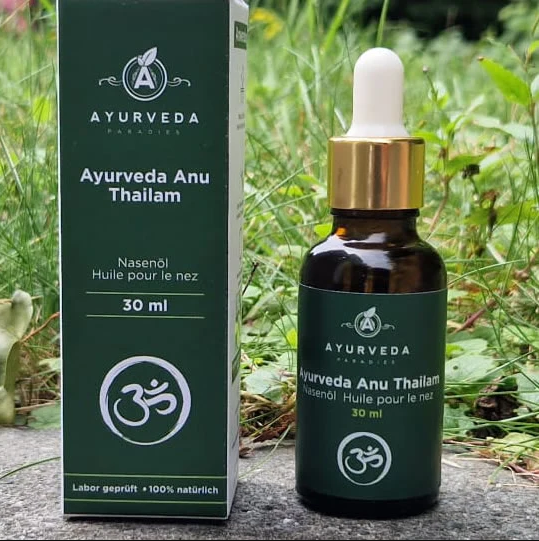
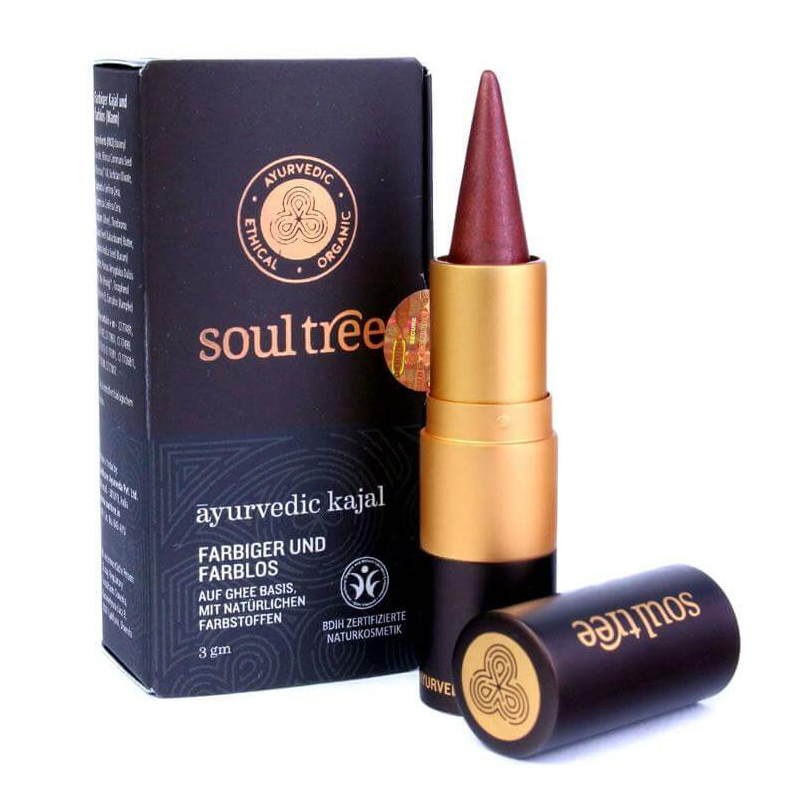
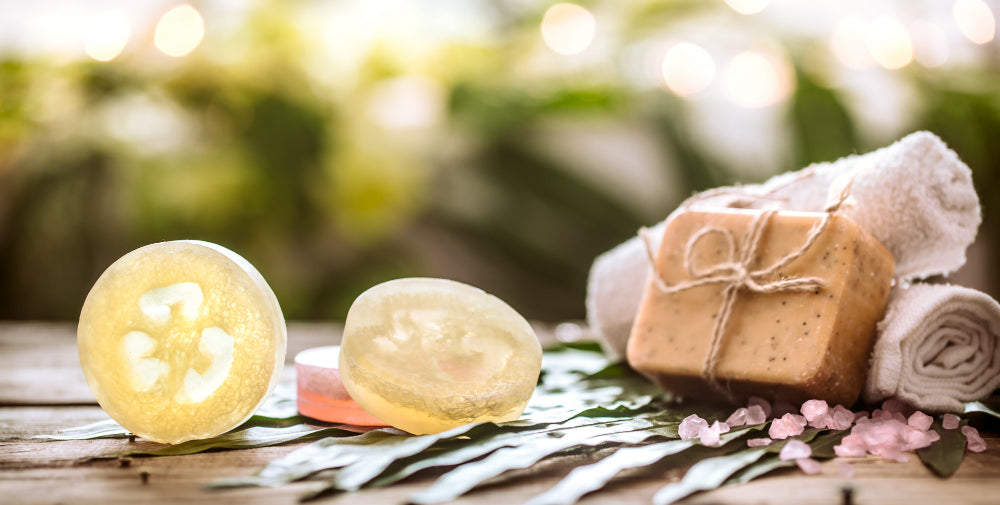
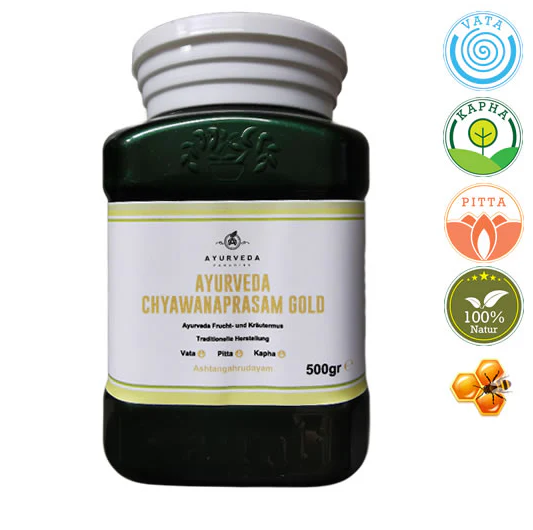
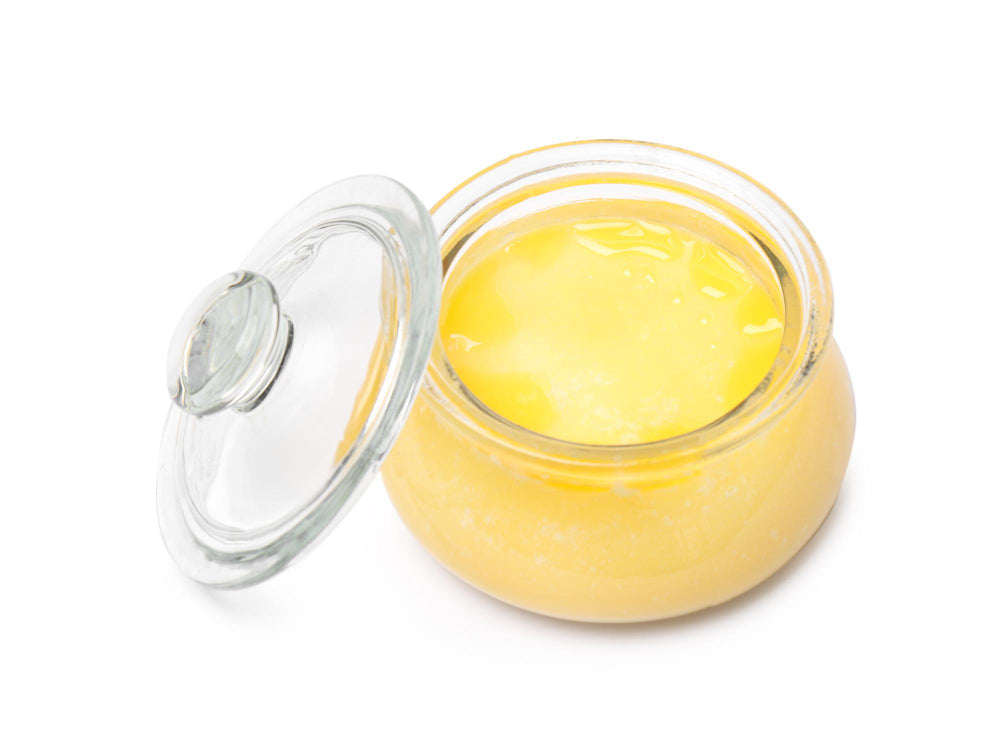
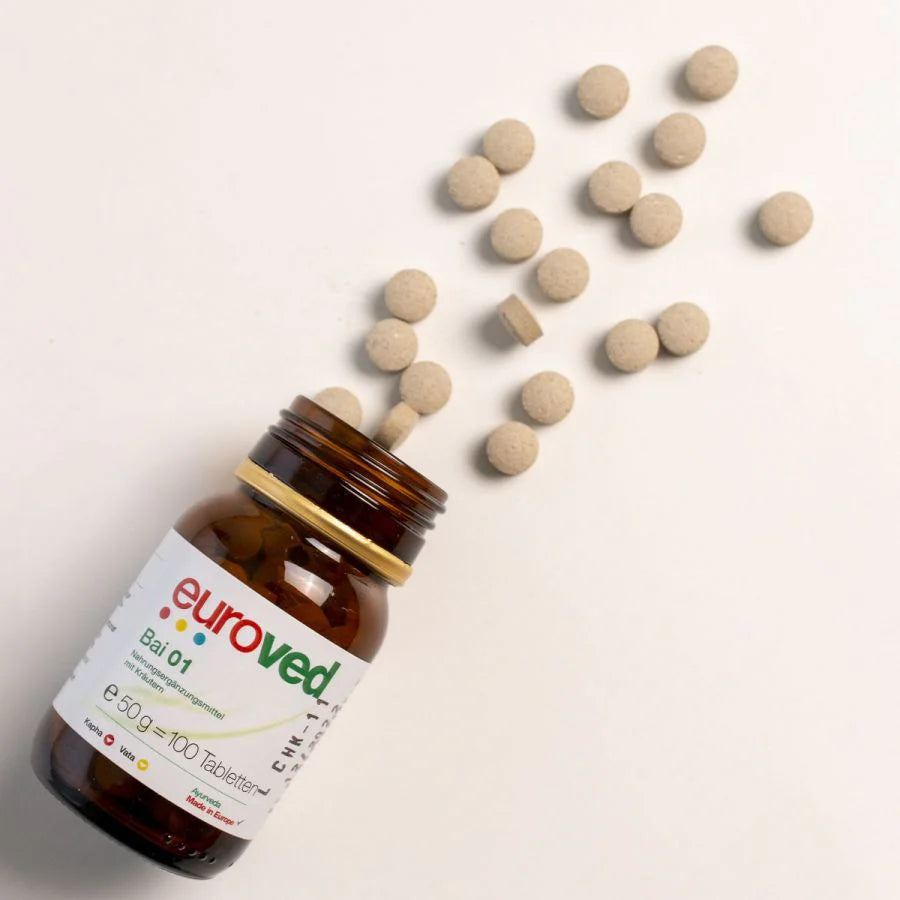
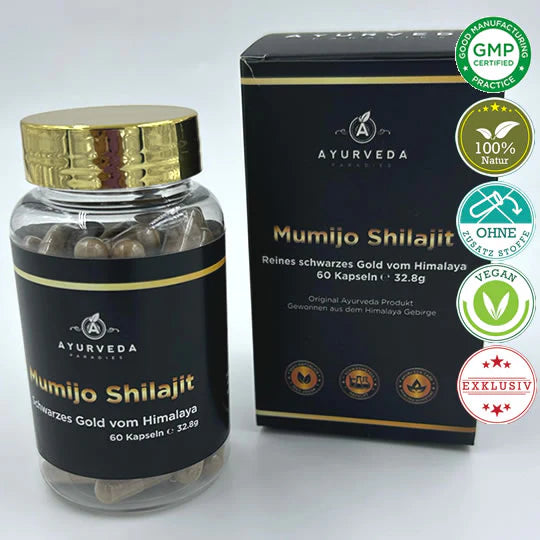
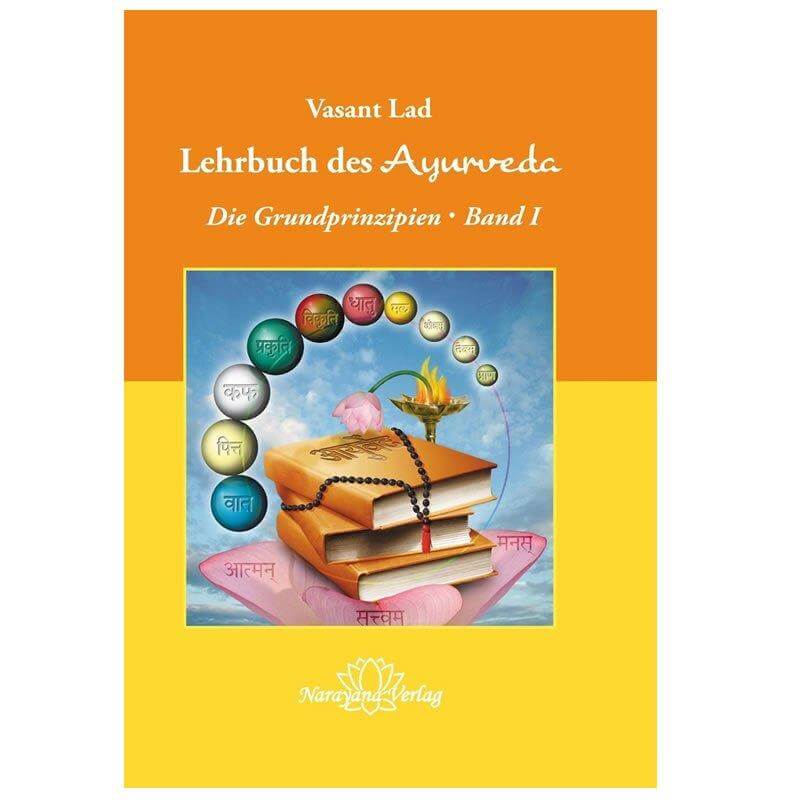
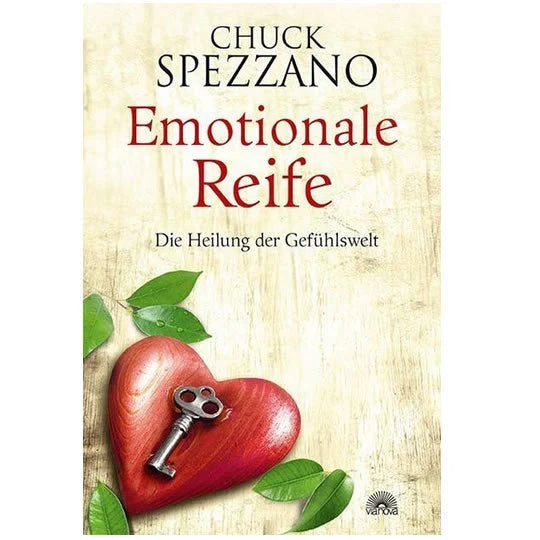

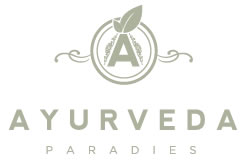
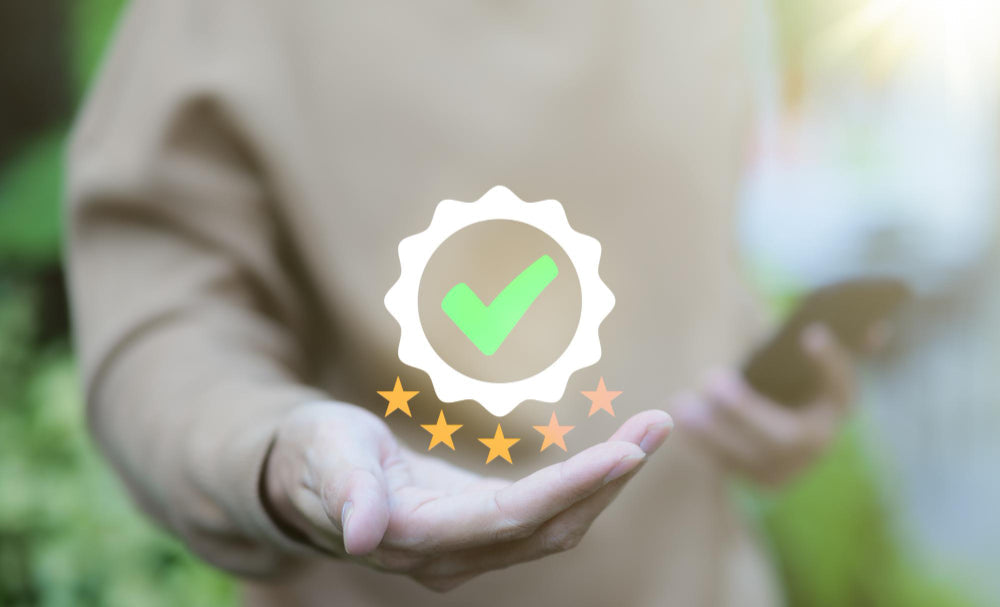
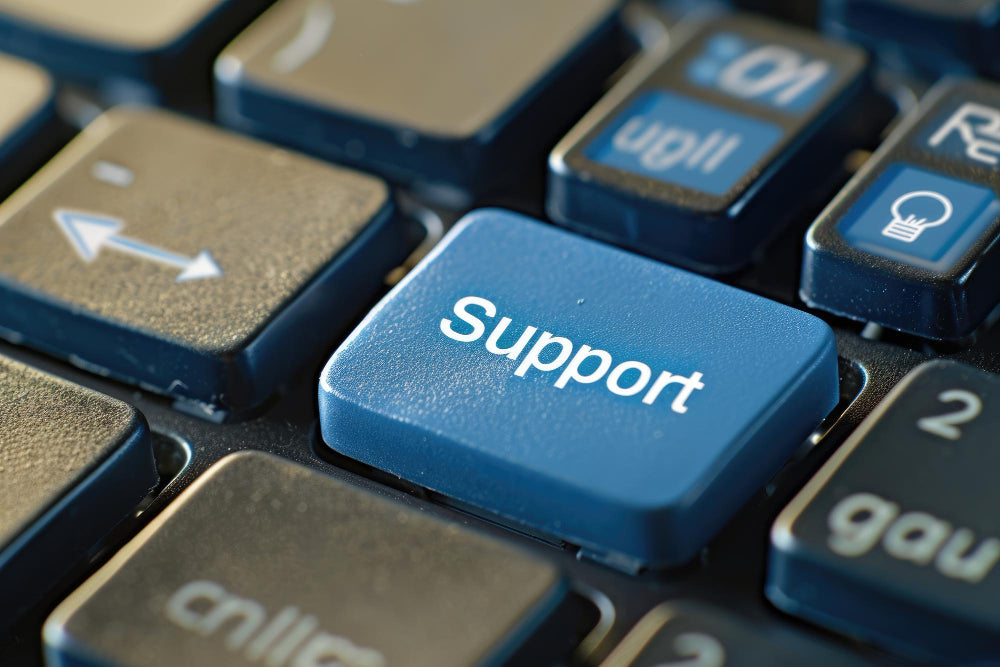
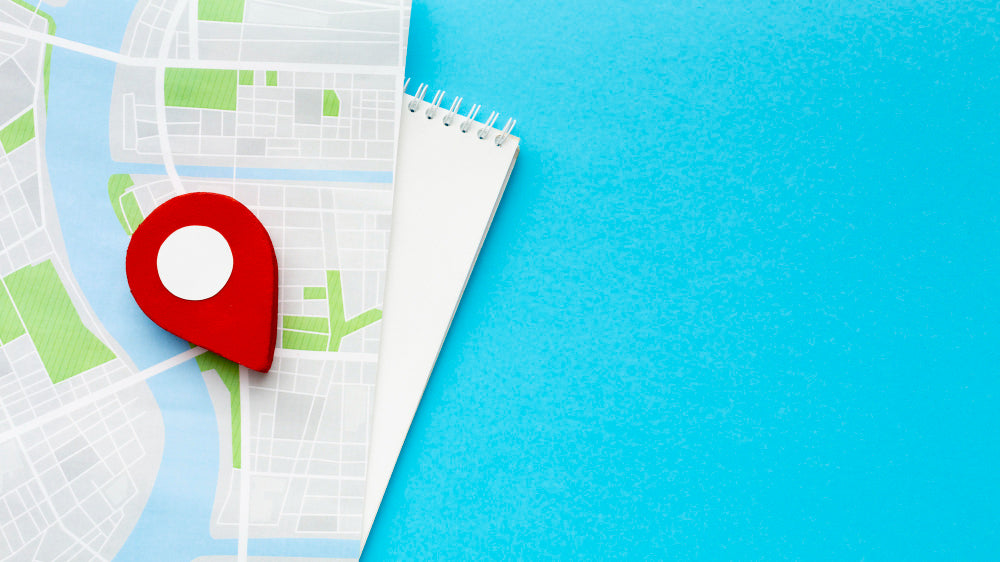

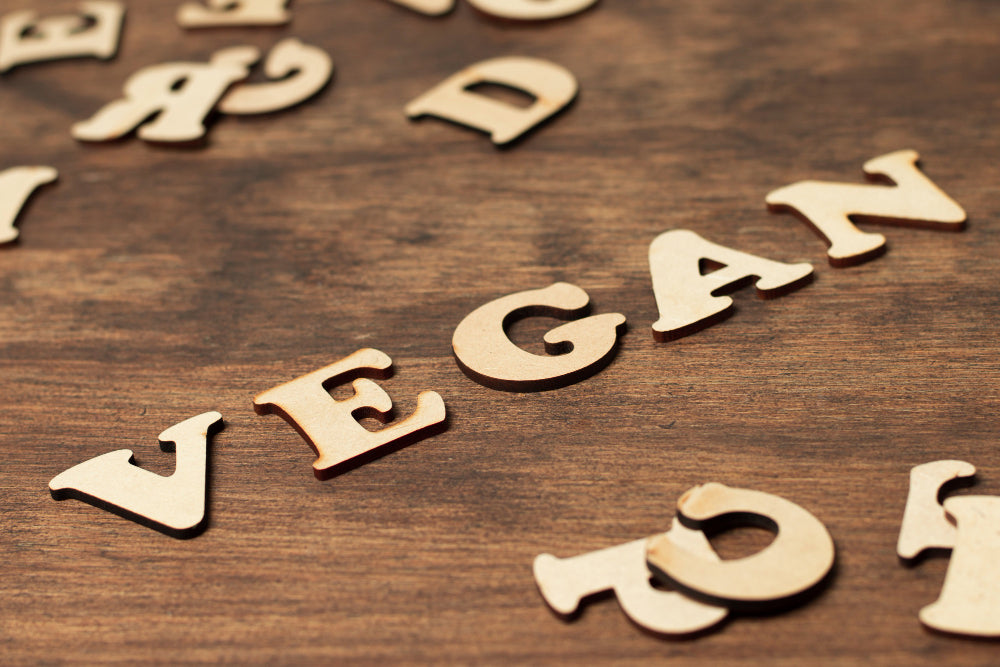
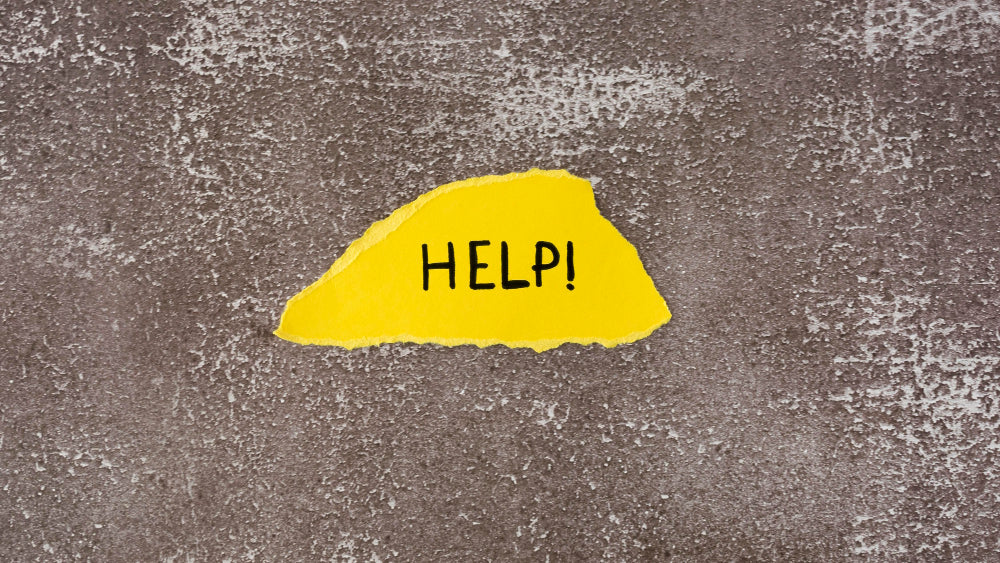







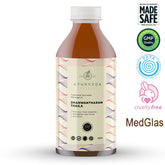





Leave a comment
Please note, comments need to be approved before they are published.